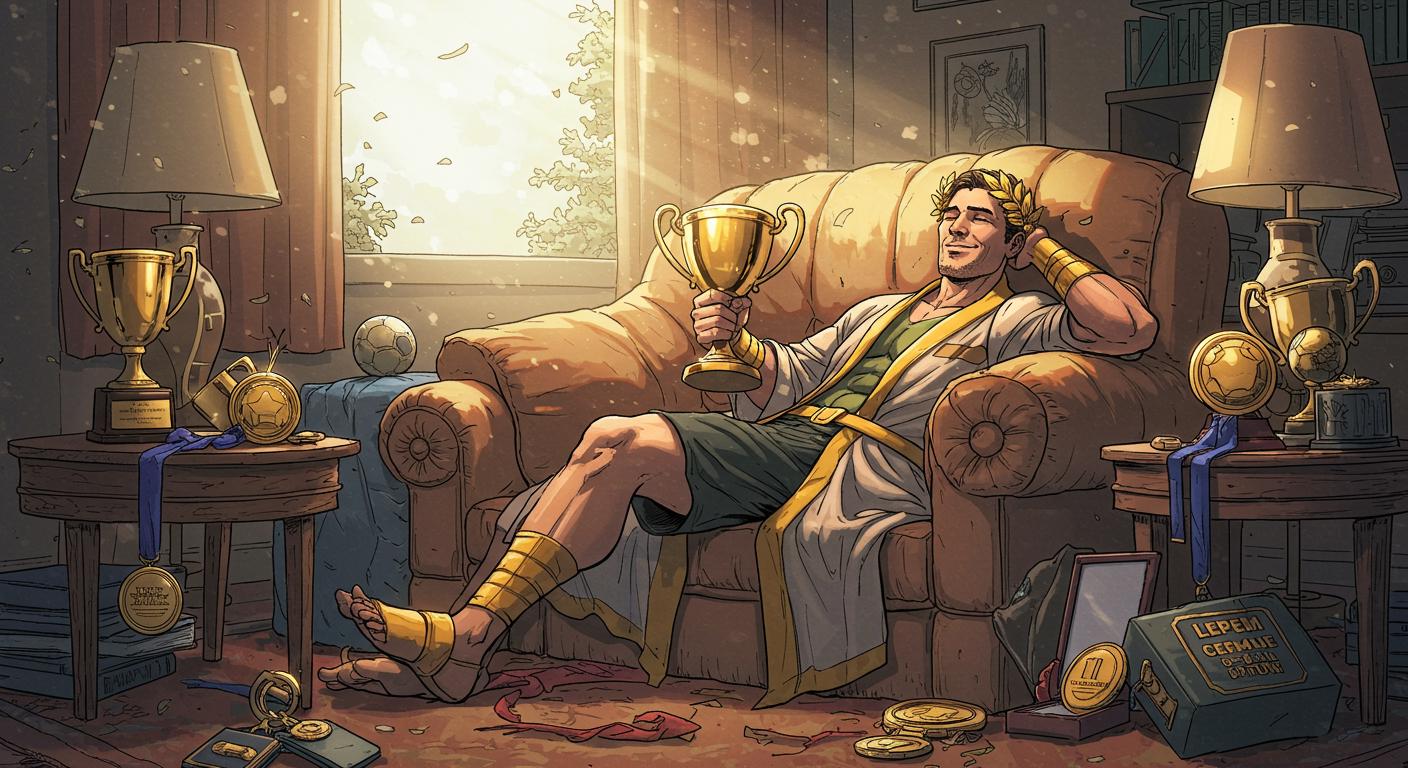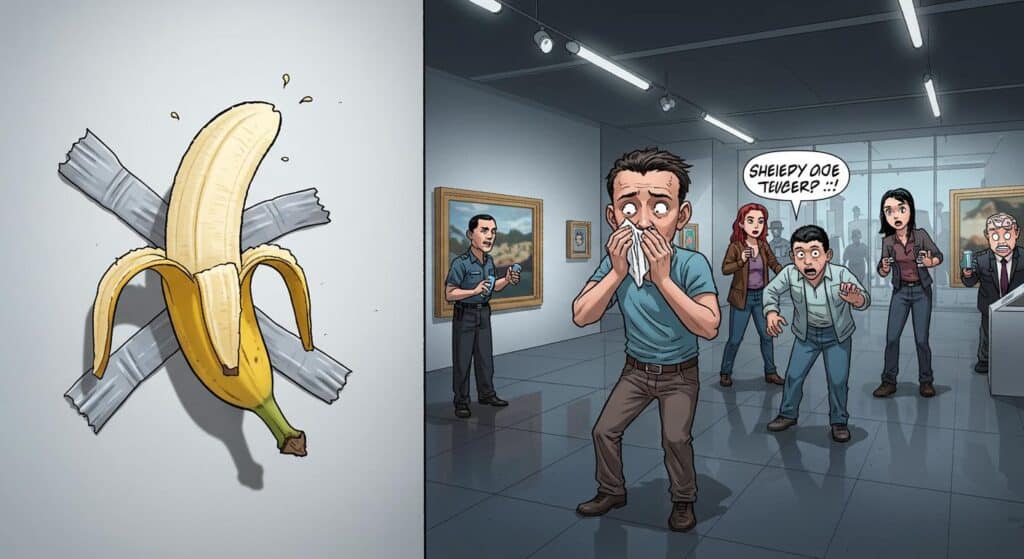When the most coveted trophy in your living room commemorates an international championship for “doing nothing,” you have officially unlocked a new level in modern achievement. The Guardian draws us in with the story of Denis Kwan Hong-Wang—educational psychologist, multitasking parent, and reigning world champion of, yes, zoning out. If you’ve ever wanted a validation for staring into space, now’s the time.
But “doing nothing” here turns out to be anything but empty. Kulturny sloth? Nope—it’s feedback-loop mindfulness, a high-wire act of attention disguised as inactivity. The Space-Out competition, conceived in Seoul in 2014 by artist Woopsyang, has evolved from a one-off performance art project into an international arena where the absence of action is the main event. As The Guardian outlines, it’s a response to relentless societal demands to be productive—an amusing (and oddly satisfying) rebuke to the cult of busyness.
Competitive Stillness: Rituals, Rules, and Restless Thoughts
The particulars verge on the surreal. According to Kwan’s account, the competition brings together around a hundred participants in bustling public venues—Hong Kong’s mall in his case—where yoga mats are meticulously arrayed and the rules are stern: participants must remain still and silent for 90 minutes. There’s no sleeping, no speaking, and, perhaps most punishingly, no checking of phones. Heart rates are periodically measured by judges, and at least for Kwan, each approach sent a spike of nerves through his otherwise calm demeanor—a detail confirmed in his retelling to the outlet.
Spectators, meanwhile, choose the ten finalists based on participants’ statements and their visible serenity (or perhaps the well-practiced look of existential drift). Among those, the competitor sporting the most stable heart rate takes home the win. In a twist worthy of its own slow-TV broadcast, the most consistently unperturbed participant claims victory—a kind of Olympic gold medal in not responding to external stimulation.
Kwan’s recollections, as described in the article, illustrate just how active the art of inactivity can be. Thoughts jump from family concerns to the ambient chatter of shoppers and the insistent hum of ceiling fans. Rather than force his mind to go blank, he recounts simply observing thoughts as they floated by, like tracking clouds drifting overhead. What sounds, at first, like “spacing out” gradually emerges as a disciplined practice of mindfulness: conscious breathing, cataloging physical sensations, and letting distractions come and go without being swept away.
Pretending To Be a Statue? Actually, It’s About Humanity
It’s hard not to see the whimsy here. The notion of competitive inactivity almost begs for satire—and yet, as detailed in The Guardian’s account, there’s a surprisingly earnest angle beneath the surface. Kwan, who spends his days supporting students’ mental health, points out the irony of needing a sanctioned event just to sit still. Dropping his glasses down his nose to appear more “spaced out” (a move he confesses with dry amusement) is a tactical flourish, but the overall experience is anything but empty.
Woopsyang’s original intent, highlighted early in Kwan’s narrative, was to cast a critical eye on notions equating perpetual motion with virtue. In a world, especially in Hong Kong, where the soundscape is heavy with competition and pressure, the event flips the usual incentives: pausing becomes strength, and inactivity morphs into skill. It’s an artful public performance that doubles as both communal therapy and social observation.
Kwan’s experience, recounted with gentle humor, highlights a paradox: many found the prospect of enforced stillness unbearable, yet for him the 90 minutes went by in a blink. He even admits wanting to linger in that bubble a little longer—a luxury in a life split between work, study, and the demands of raising two kids. Somehow, letting one’s mind settle in the midst of a bustling crowd becomes its own kind of subversive luxury. Would Seneca or Marcus Aurelius have shaken their heads at such a contest, or cracked a smile at the oddness of modern contemplative sport?
Less Is More: Productivity, Peace, and a Trophy That Demands No Effort
As Kwan reflects in his remarks to the outlet, the event offered a reminder that constant doing isn’t always better. The idea that pausing equates to laziness, so common in urban life, comes under quiet siege during Space-Out. Even the trophy is laced with irony—it’s modeled after Rodin’s “The Thinker,” a figure frozen in profound rumination, now a living room fixture nudging its owner to make space for, well, spacing out.
Bringing the story full circle, The Guardian’s feature hints at a subtle challenge: in a culture that prizes every checked box and crossed-off task, what if letting yourself do less is actually a higher skill? Is it time we stop treating relaxation as a guilty pleasure, and instead see it as an achievement worth aspiring to—even competing for?
It’s worth considering: in a world roaring with to-do lists, maybe learning to win by zoning out is the kind of quiet revolution we all need—one steady heartbeat at a time.







